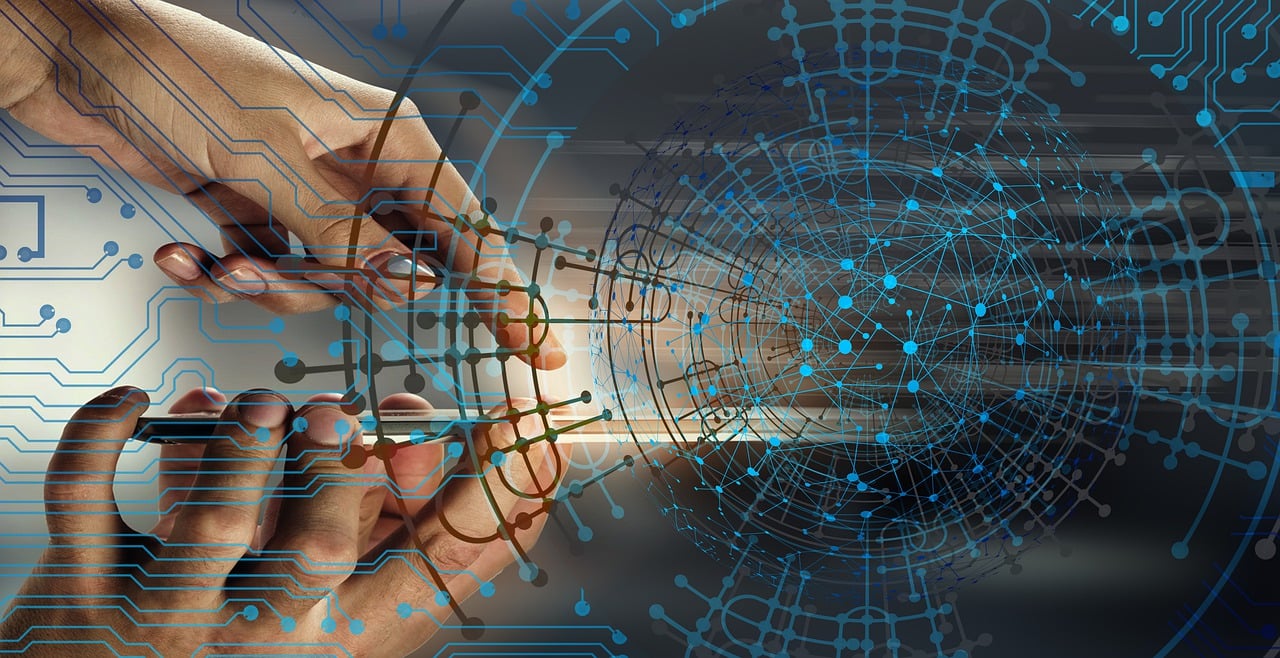
As the fourth industrial revolution—Industry 4.0—gains momentum, technologies like Artificial Intelligence (AI), the Internet of Things (IoT), and big data are reshaping the way businesses operate. Among all these really cool new tech, Digital Twins really stand out as a force that makes a huge difference. It connects the concrete world with the digital realm and lets different industries run simulations, keep an eye on things in real time and fine-tune complicated systems all at once.
What is Digital Twin Technology?
A digital twin is like a digital twin sister or brother for physical things. It’s basically a virtual copy of real stuff that real-world objects, systems and processes can have. It projects counterparts right in the real world using data from sensors and models in real time. This digital take lets us do continuous monitoring, analysis and tuning for life cycle of an asset.
Digital Twins can be created for anything—from a single machine part to an entire factory, city, or even a human body. What makes them so strong is the fact that they conduct an ongoing exchange of both digital and physical bits, which gives them the ability to forecast and also boost operational performance.
How Does It Work?
At the root of digital twins is real data collected in real time from all sorts of smart devices that are embedded inside physical stuff. This data is then processed using analytics, machine learning, and simulation software to model the behavior and performance of the asset in its digital form.
For example, in manufacturing, sensors on a production machine transmit data about temperature, pressure, and usage. The Digital Twin of that machine can analyze this data to predict when it might fail or suggest optimal settings for performance.
Role in Industry 4.0
- Predictive Maintenance
Digital Twins help predict equipment failures before they occur. By using both live data and previous performance data, companies can do things when necessary instead of things before they’re needed, and this means less downtime and less money spent on maintenance too.
- Process Optimization
Digital Twins provide insights into how systems and processes operate. Companies use this to spot where they’re wasting precious time and energy. They fine tune and when tweaks don’t work out, they figure out that a bit before dipping too far into real-world changes. So instead of making big and huge mistakes that totally mess things up completely, it allows people to refine work online first.
- Product Design and Innovation
Using simulation through software to build prototypes lets engineers try stuff out and refine designs really fast and inexpensive too. This shortens the product development cycle and encourages innovation.
- Improved Decision-Making
Digital twins really give company operations a wide expanse to look at, and that helps in better planning ahead, like knowing potential risks and just generally outdoing the competition. Leading figures are banking big time on insights that they can extract from data because this helps them really fine-tune their supply chains and really pinpoint places or deal with inventory and plan better production.
- Training and Simulation
In industries such as aerospace, healthcare, and energy, Digital Twins are used for employee training and emergency simulations. Workers have the chance to flex their skills right in a digital sandbox and this space doesn’t just polish their abilities but also keeps practice safe from all the messy mistakes and this lets them do this training away from real work without disrupting the running activity.


